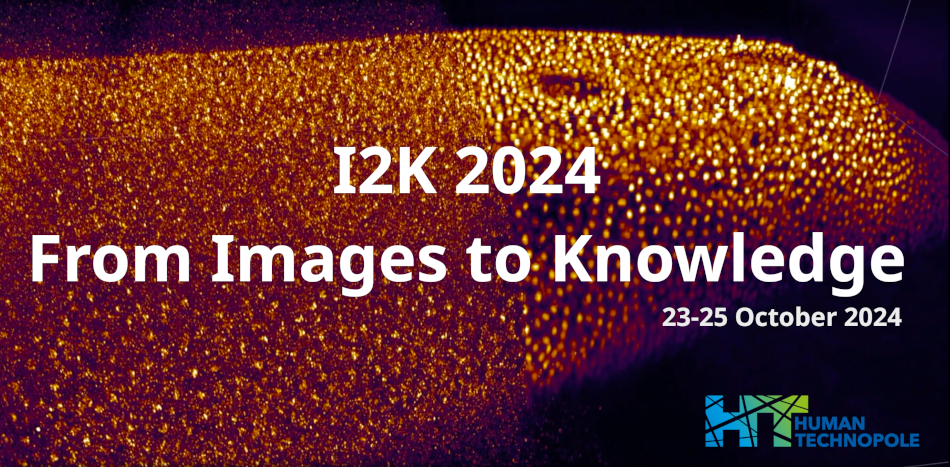Speaker
Description
Microscopy image data is abundant today, but evaluating it manually is nearly impossible. For instance, to study drug-induced cell morphology changes in prenatal cardiomyocytes, researchers acquire high-resolution images of stained tissue slides. These images can contain over 10,000 cells and nuclei. However, manual evaluation is time-consuming and often lacks sufficient capacity.
To address this challenge, extensive research efforts have focused on developing methods, including AI-based approaches like Cellpose and classic segmentation algorithms. Bioimaging data’s high heterogeneity makes consistent segmentation quality challenging, impacting fully automated downstream analysis. To bridge this gap, we created the napari plugin MMV_H4Cells. It combines state-of-the-art segmentation methods with human expertise for high-quality downstream analysis with minimal effort.
MMV_H4Cells enables experts to review cell segmentation efficiently. Users evaluate segmented cells one by one, curating them manually before acceptance or rejection. The tool provides real-time insights, and users can even draw missed cells themselves. MMV_H4Cells supports result export and re-import, allowing continuity across users and time.
Find our code at https://github.com/MMV-Lab/mmv_h4cells. We aim to enhance bioimaging analysis, complementing existing tools while minimizing human effort.
| Authors | Lennart Kowitz*, Justin Sonneck, Stefanie Dörr, Kristina Lorenz, Jianxu Chen |
|---|---|
| Keywords | napari plugin, cell analysis, biomedical images |

